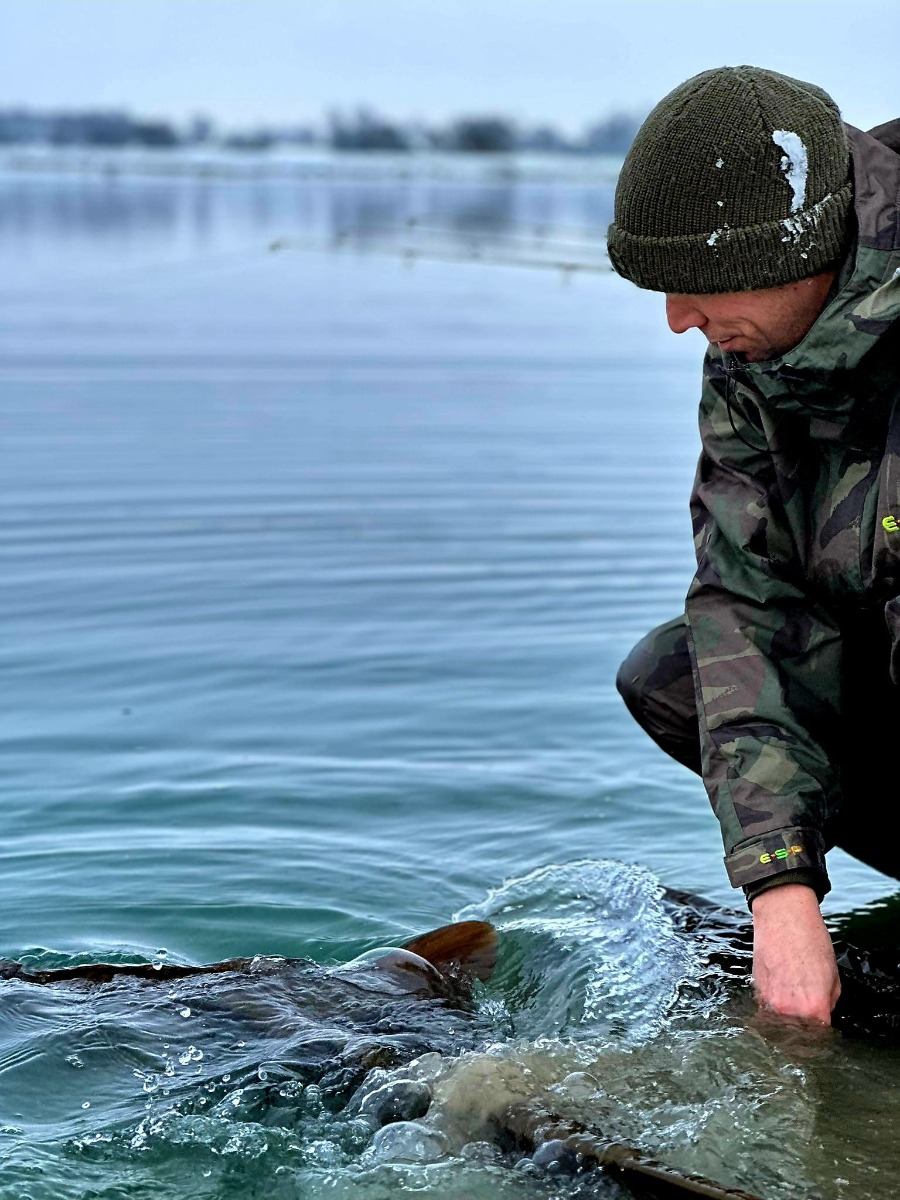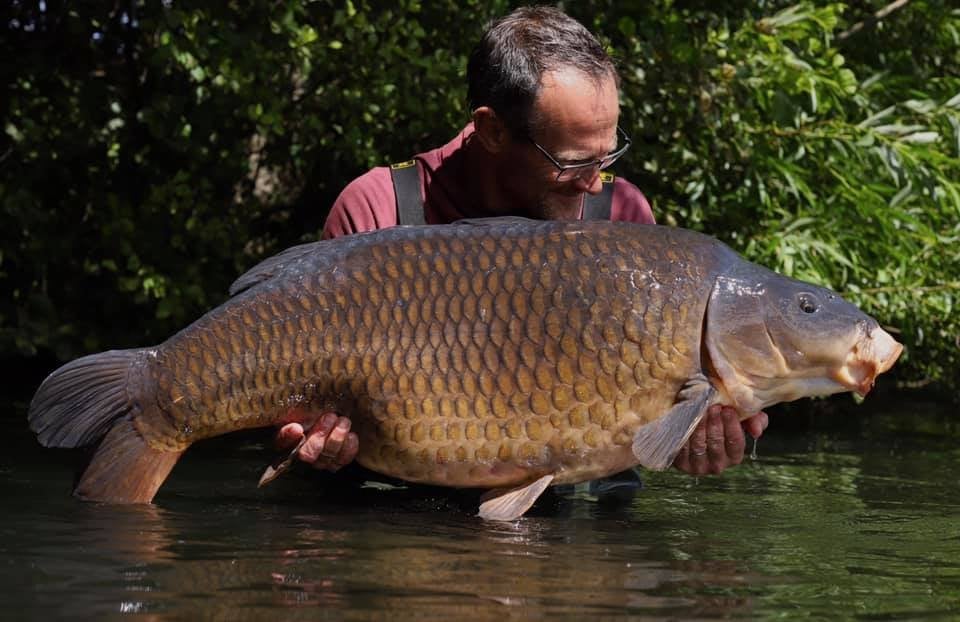When is the Best Time to Fish for Carp?
- By Andy Grenfell
- |
- 19 October 2022
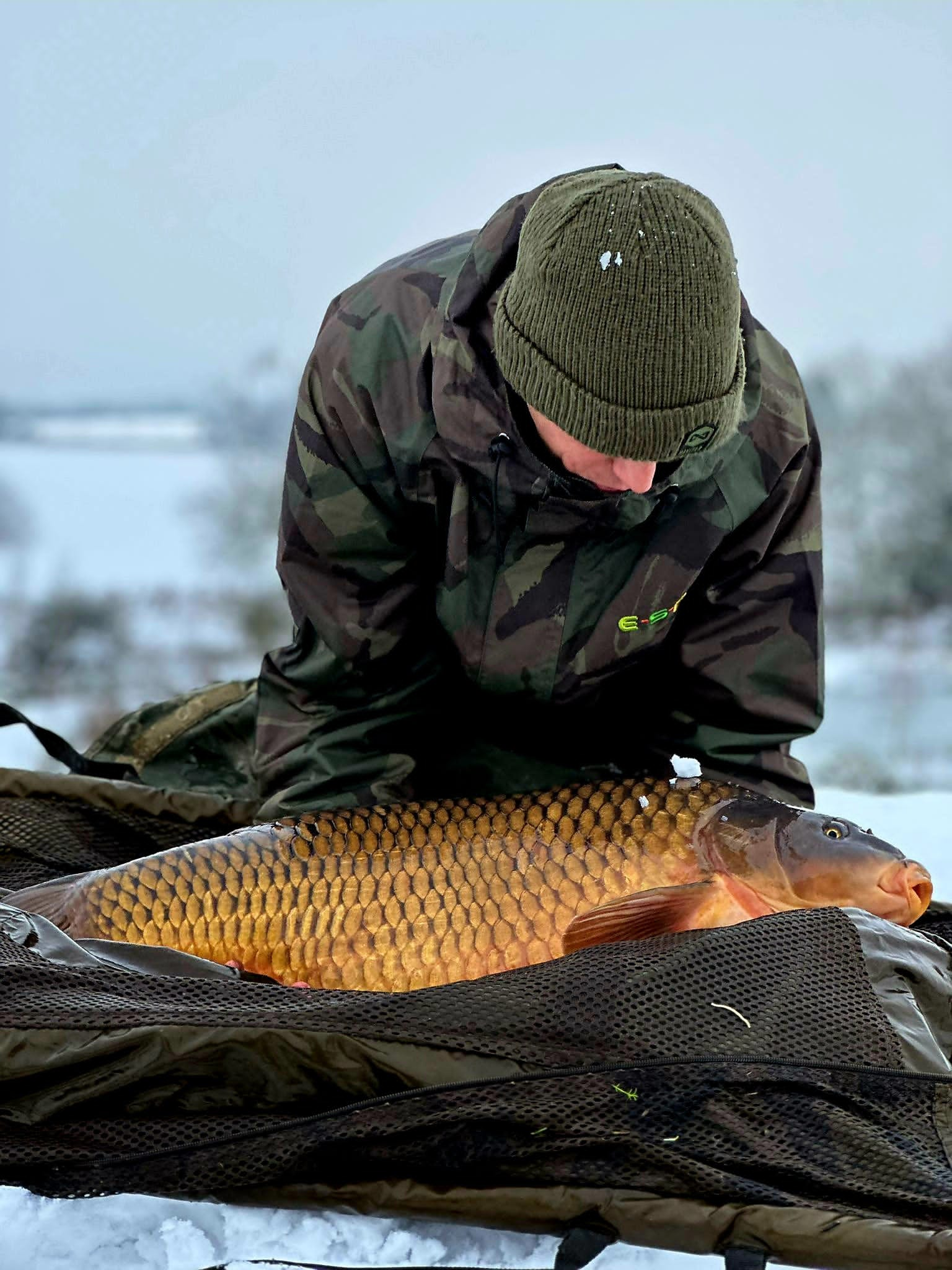
Back in the early days of Richard Walker, and split cane rods, carp were often regarded as a summer-only species, and were uncatchable in the colder months. Go back even further, and once upon a time, carp were even regarded as uncatchable, that you couldn't target them by design, but like most things, time and methods have evolved, baits and rigs, and now carp are caught all year round, right through the depths of winter.
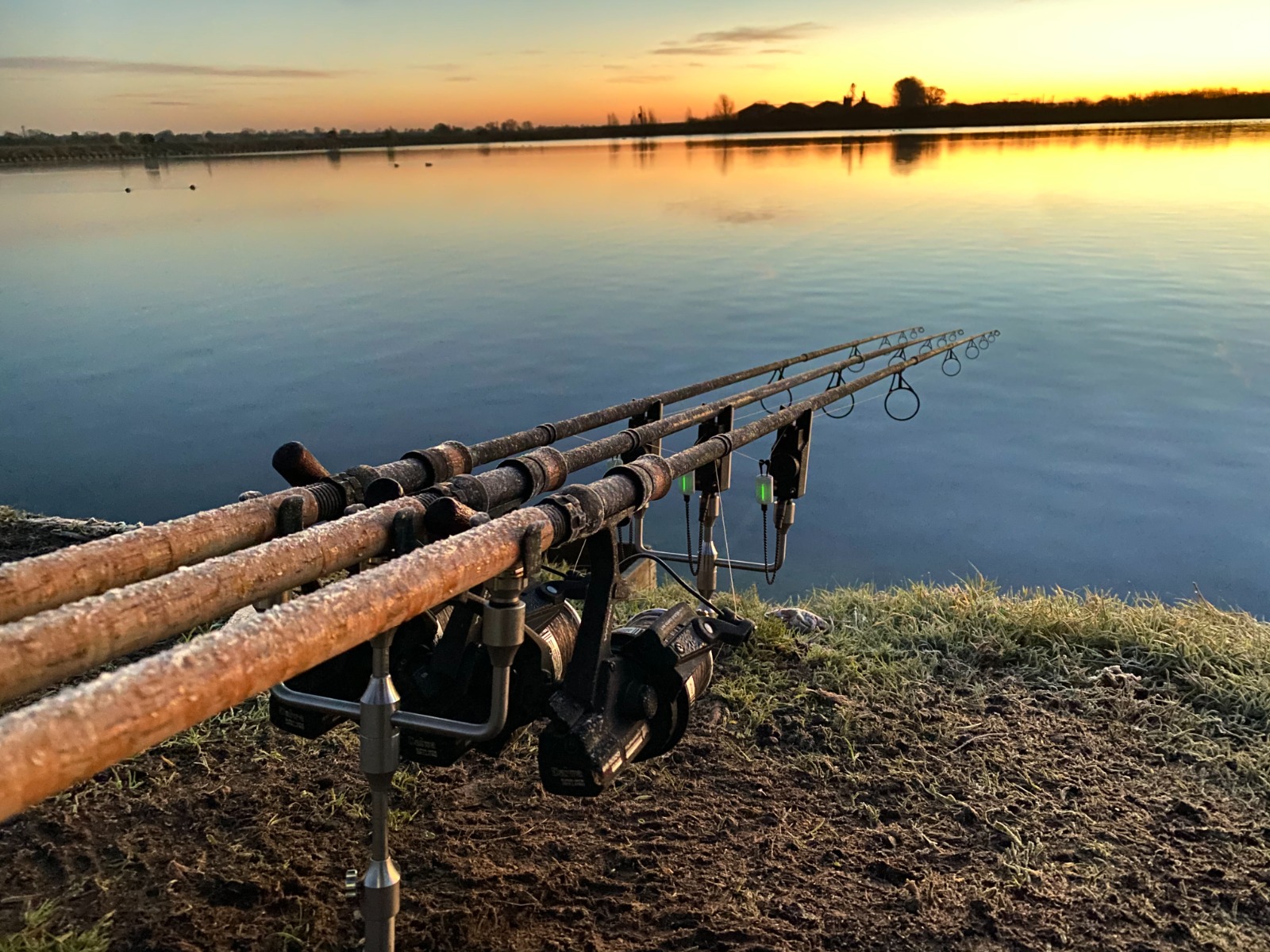
Now carp are a cold-blooded species, whose origins come from much warmer climates before being bred and introduced to British shores thousands of years ago. As such carp are much happier when the waters are warmer, cruising around in weedy, oxygen-rich environments with the sun on their backs. So you can see why carp were assumed to be a summer-only fish, and you would be right to assume that carp can be considerably easier to catch in the summer months. But this is not always the case.
As I sit here currently, the rods are out, the drizzling summer rain seems to have finally passed, and the sun is trying to once again poke through. A classic British summer, and with that, a large set of rings slowly dissipates over my spot out in the pond amongst the weeds.
Conditions look great, I've got some beautiful food for the BBQ later, and the prospect of it hopefully being followed by the dawn chorus of a screaming bite alarm, and a carp in my net is one I very much hope for.
All sounds ideal, doesn't it? However, it might surprise some of you to know, that although this sounds ideal, summer is not my favourite time of year to fish for carp. And I'm not alone. But why is that?
I am going to break down the seasons and highlight some of the pros and unfortunately cons as to each season, so that you can decide perhaps what might be the best month for you, and the water you are fishing.
When to Fish for Carp in Spring
Spring for me, is my favourite season of the year to fish, so much so every year I clear a week of my diary to often fish my chosen water as intensively as I can for that week.
The carp are coming out of their winter slumber, almost like hibernation if you like, will be in good clean condition, often at very good weights and they will be looking for two things to start with, food, and warmth, and the two, often go hand in hand.
Knowing their need for warmth can make your location easy. You will be surprised how quickly they will also move into shallow areas on a warm sunny day or if a warm fresh south-westerly wind starts trickling in, before retreating to deeper or sheltered areas by night. By contrast, any sheltered areas on the lake that sit out of the wind will also be likely-looking areas, such as fallen trees and reed beds, all areas that warm up a little quicker. You will also often see them crashing or head and shouldering trying to remove leaches and parasites from their skin.
In addition, they will be hungry. Now being cold-blooded their metabolism to digest will still be slow, so don't go throwing buckets of bait in just yet. Further to this their eyesight will be poor, so while they will be actively looking for food, they are not averse to snatching at anything that catches their eye, such as a bright pop-up or a zig.
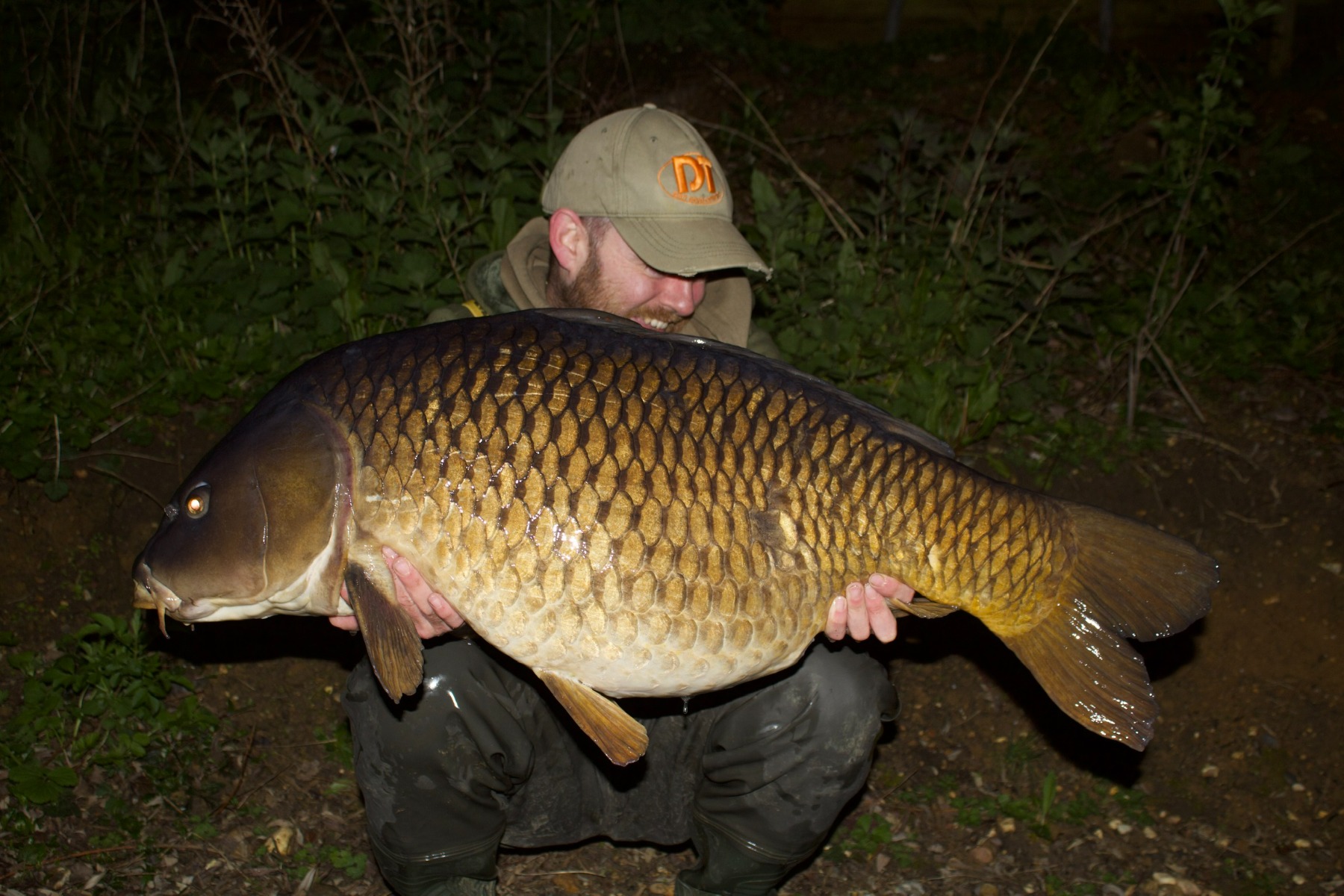
However as the water temperature warms they will start to eat more & more frequently, as naturals become more abundant. This is where applying bait little and often to get the carp visiting can pay dividends, and as it warms up more, you will see the amount of food they can get through increase. This is when I like to try and maximise my time, as they are now feeding heavily, in preparation for spawning and can be very catchable.
When to Fish for Carp Summer
So summer carp fishing for me is post-spawning. Carp tend to spawn May - June, but some years this can be much earlier if we get a very hot spring, and by the same token, if it's a cold wet start, they may spawn mid to late June.
Spawning is a very physically demanding and stressful time for carp, and it takes its toll on them. A female carp is capable of shedding 30% of her body weight in eggs, and many carp caught just after spawning will carry the battle scars of cuts, sores and lifted scales.
Many lake owners will close the lake for a week or two where they can, and let them rest, whilst giving them a free feed to start to repair.
Once this is done, the carp are still hugely hungry, and so are ravenous in their dietary needs as they look to regain weight, and repair the damage to their bodies. This is where carrying carp care kit is essential to treat any wounds or sores you might see, and why some anglers will wait several weeks, even after the lakes re-open to give the fish more time.
However once a few weeks have passed after spawning, and the fish have recovered sufficiently, they will still be hungry. This is where fish meal baits such as boilies, and pellets can come into their post-spawning as they are highly nutritious and big hits of fish can become a distinct possibility.
However, as the height of summer approaches, it brings with it obstacles depending on your lake.
If we get prolonged high temperatures, this can cause low dissolved oxygen levels in some lakes, especially where water levels drop and the lakes as especially shallow. The warmer the water, the less oxygen the water can hold. This in turn makes the fish very lethargic and unwilling to feed.
In weedy lakes, the diurnal rhythm can become a factor, where warm sunny weather will cause the weed to photosynthesise and supersaturate the water with oxygen by day, but by night the weed respires, sucking the oxygen out of the water. This removes the nighttime feeding spell and can result in short morning spells, so they can effectively sit and digest over a warm weed bed, in lots of oxygen-rich water during the day. Algae blooms can extenuate this even further, making it incredibly tricky conditions.
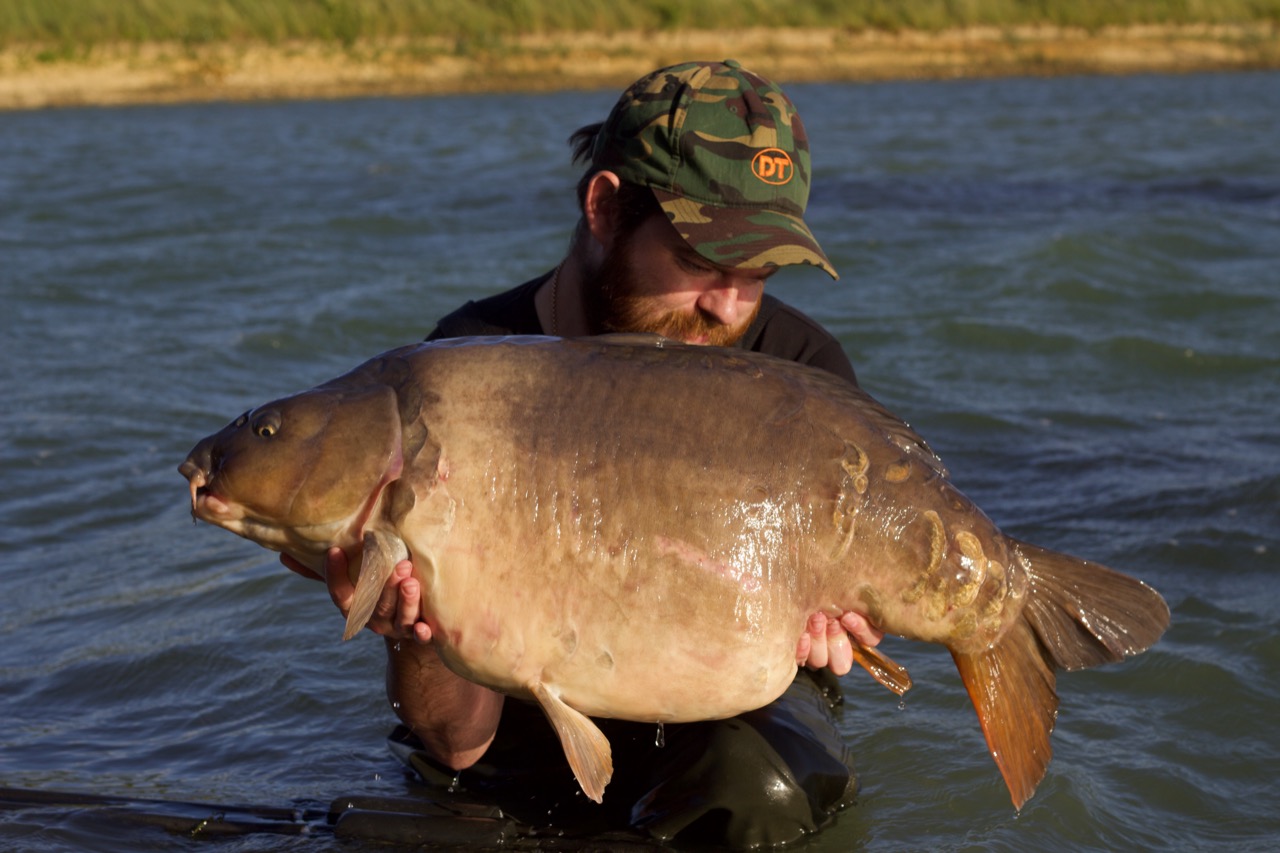
However summer is not all doom and gloom, as with the warmth the carp can be seen cruising around, and you can have some truly great fun catching them on floating tactics such as bread and dog biscuits, or on the edge, up close and personal. This is one of the things I do love about summer, as quick nights, and travelling light, with a floater rod and bucket of floating pellets are two of my favourite things during the summer months.
When to Fish for Carp in Autumn
September will signal the arrival of autumn, and by now the hot sticky days of summer are passing, and the temperatures are slowly cooling back down as the banks become awash with colour. As the temperatures cool, the carp will be looking towards what I refer to as the autumn harvest, where they look to feed on the last of the remaining naturals to put on weight for the winter.
Feeding spots should be zoned in by now, as holes in the weed, and areas regularly visited and fed on by carp are not only visible but polished off. Don't be afraid to fish into those slightly deeper silty areas that have been neglected through summer though, as these will likely be coming into their own, as the carp hunt for naturals such as blood worm, and may have been pressured off of hard clear gravel areas and bright hook baits.

Now while we do not seem to see the big autumnal hits we used to in years gone by, the carp are often approaching their biggest weights. This is where if you have been regularly introducing a good quality food source such as a good quality boilie with the seed levels cut back, you can reap the rewards.
If the lake is quiet enough for me to do so, I will drop into my chosen water once or twice a week, to introduce maybe a kilo or two of bait to an area that I have been able to repeatedly locate carp in, and that I know might not be fished by others, with a few to getting back into the swim for a few sessions over consecutive weeks, in a bid to keep the fish regularly visiting that same area.
Match the hatch hook baits will be the order of the day, as I will now have ditched the bright hook baits, and I will be hoping for one of the lake's larger residents to do so.
When to Fish for Carp in Winter

I would generally recommend targeting a more heavily stocked venue over the winter months, so I tend to move away from my usual low-stocked, weedy big pits, in favour of somewhere smaller, potentially more sheltered, with a higher head of fish to keep the bobbins moving.
Shallower lakes tend to fish better, as they respond much quicker to increases in temperature, so should you get a mild couple of days bringing warm winds and rain, this can switch the fish on to feed.
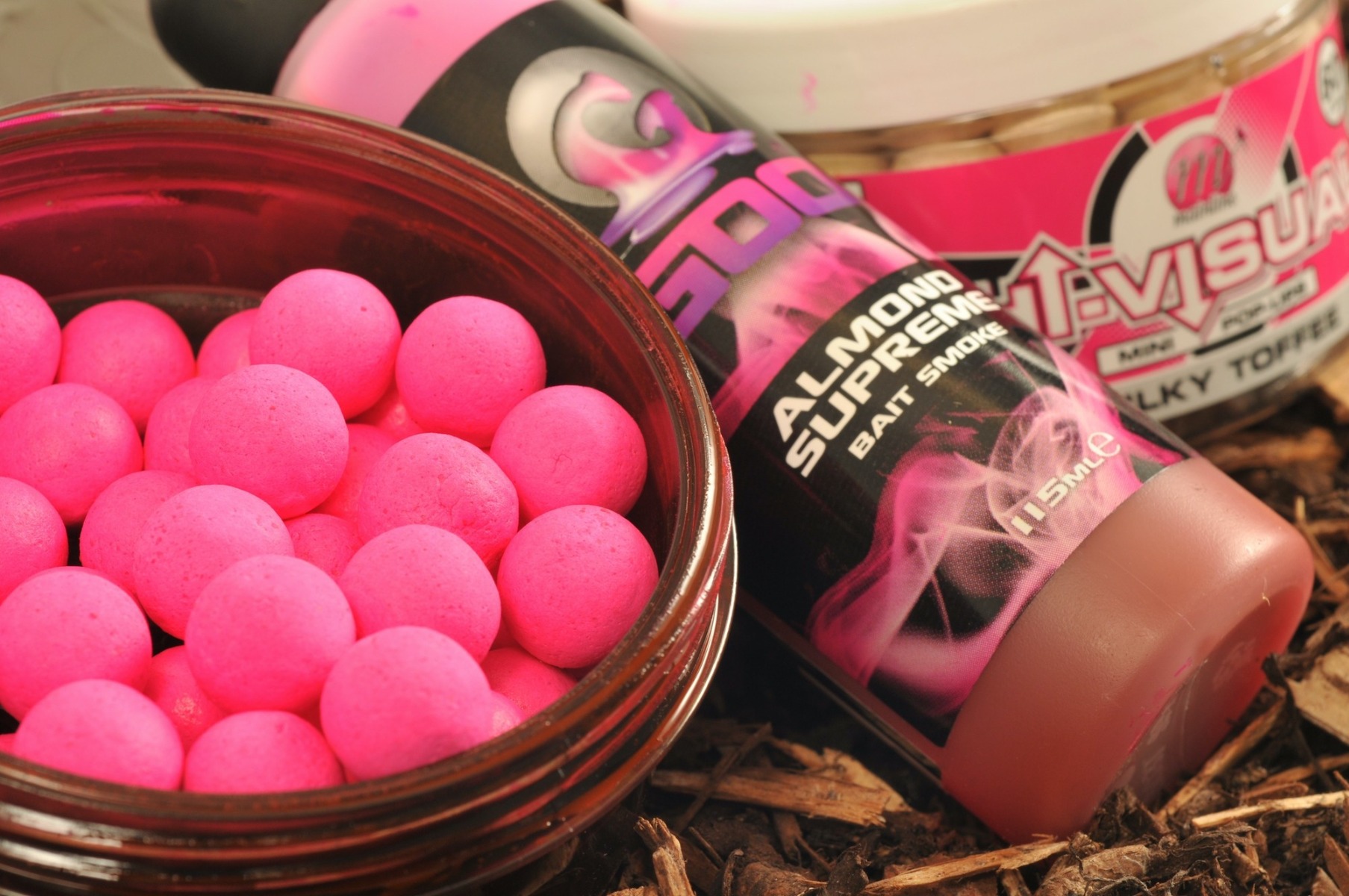 Location is the most important thing, so look for areas of structure such as reed beds, dying lily pads, snags etc as these will often be a magnet for carp. However, once you find them they will often not move far, so you can keep the bites coming, and on some lakes, can even dial the bite time into the hour you can get a bite, so you can resort to short sessions rather than enduring the cold for several days at a time.
Location is the most important thing, so look for areas of structure such as reed beds, dying lily pads, snags etc as these will often be a magnet for carp. However, once you find them they will often not move far, so you can keep the bites coming, and on some lakes, can even dial the bite time into the hour you can get a bite, so you can resort to short sessions rather than enduring the cold for several days at a time.
Tactics-wise, bright single pop-ups, solid bags, or even a small mesh bag hooked on is more than enough to get bites as the fish tend to be more lethargic and their appetites will be significantly less.
However don't be afraid to dig out the thermals, grab the brew kit bag, and venture out in the colder months as carp can still be caught, and big carp at that!
So there we have it, 4 seasons of carp! I hope this helps to show that whilst some months will be better for catching carp, they can quite realistically be caught all year round, it's just a question of being out there and trying!
